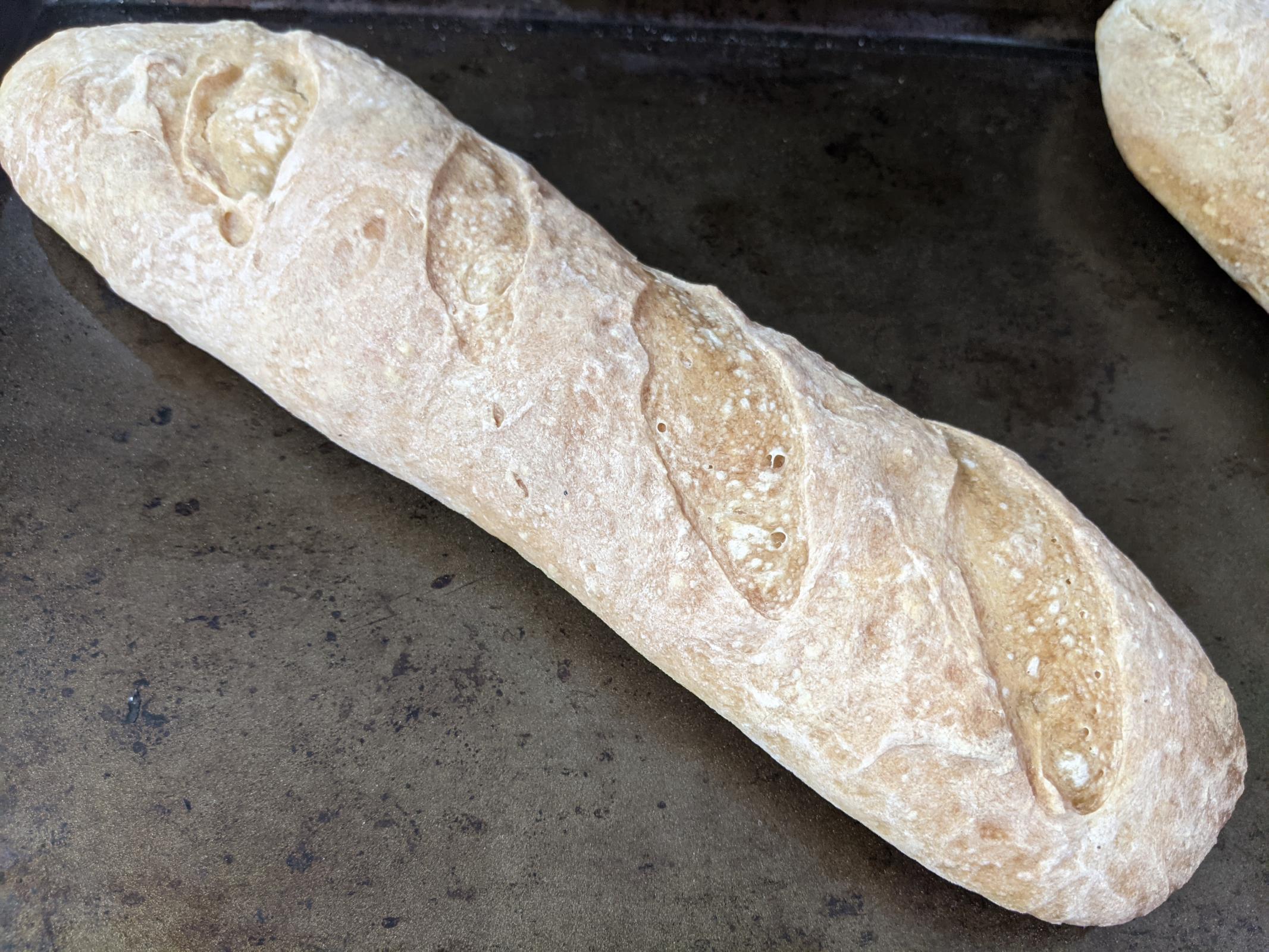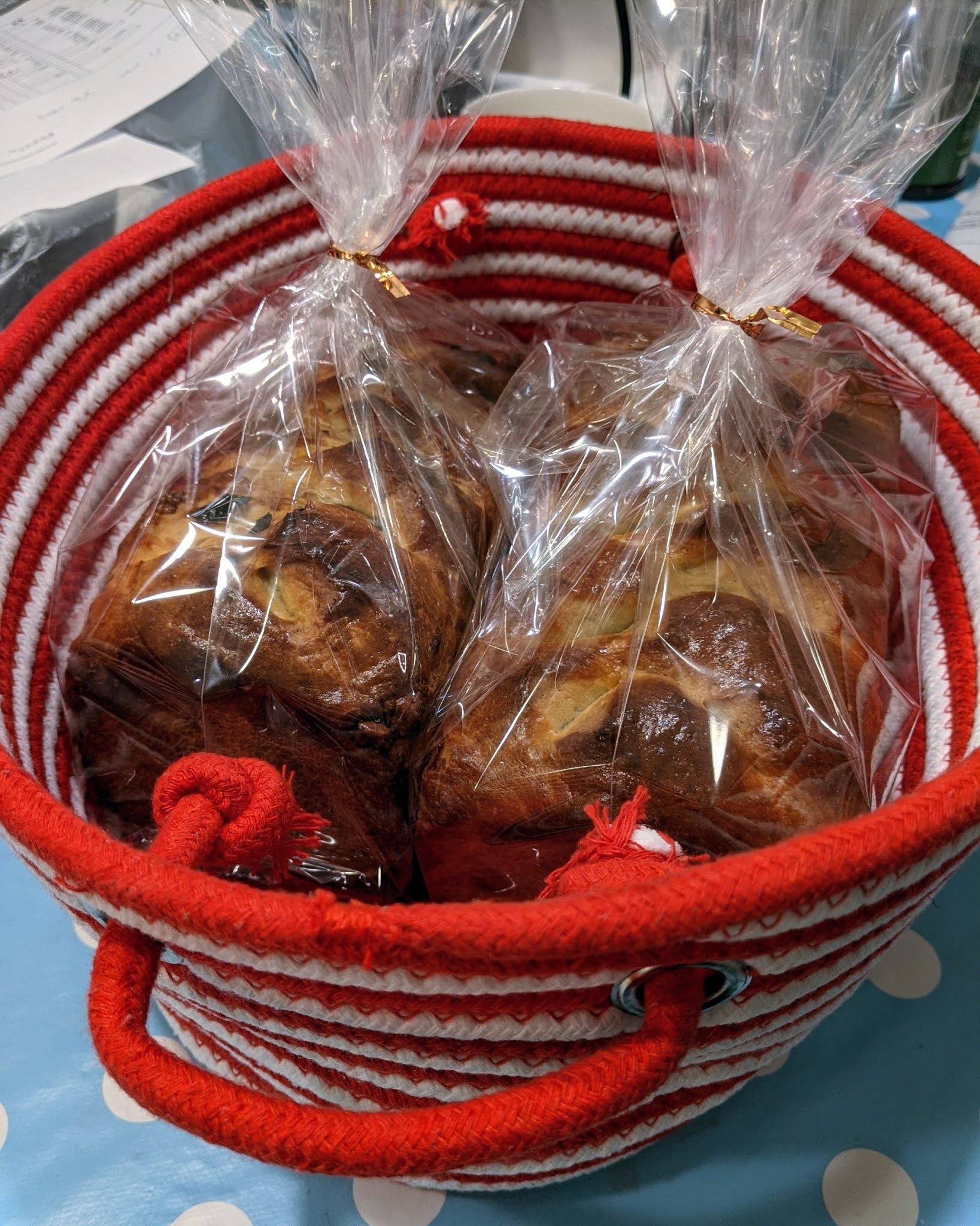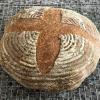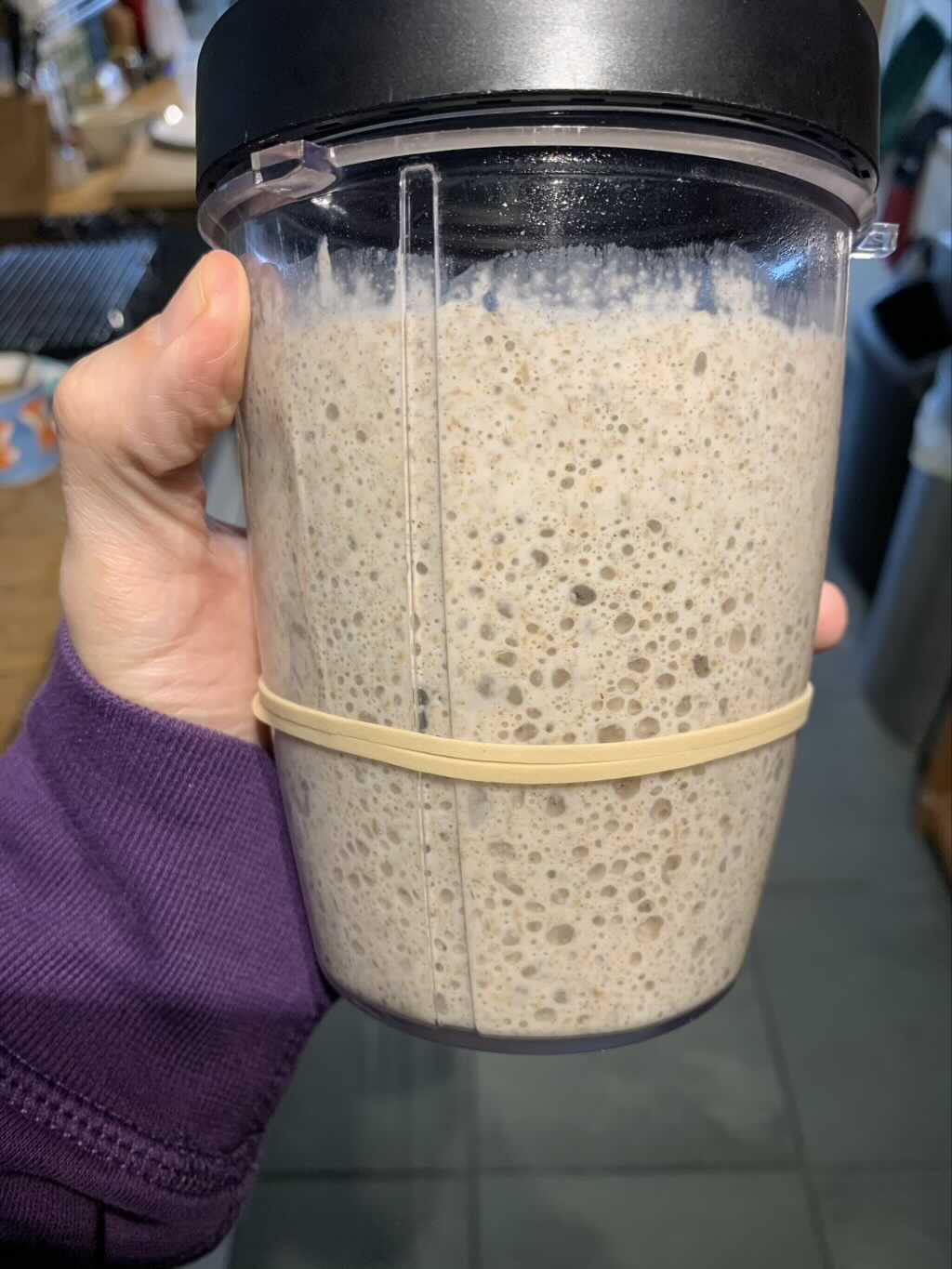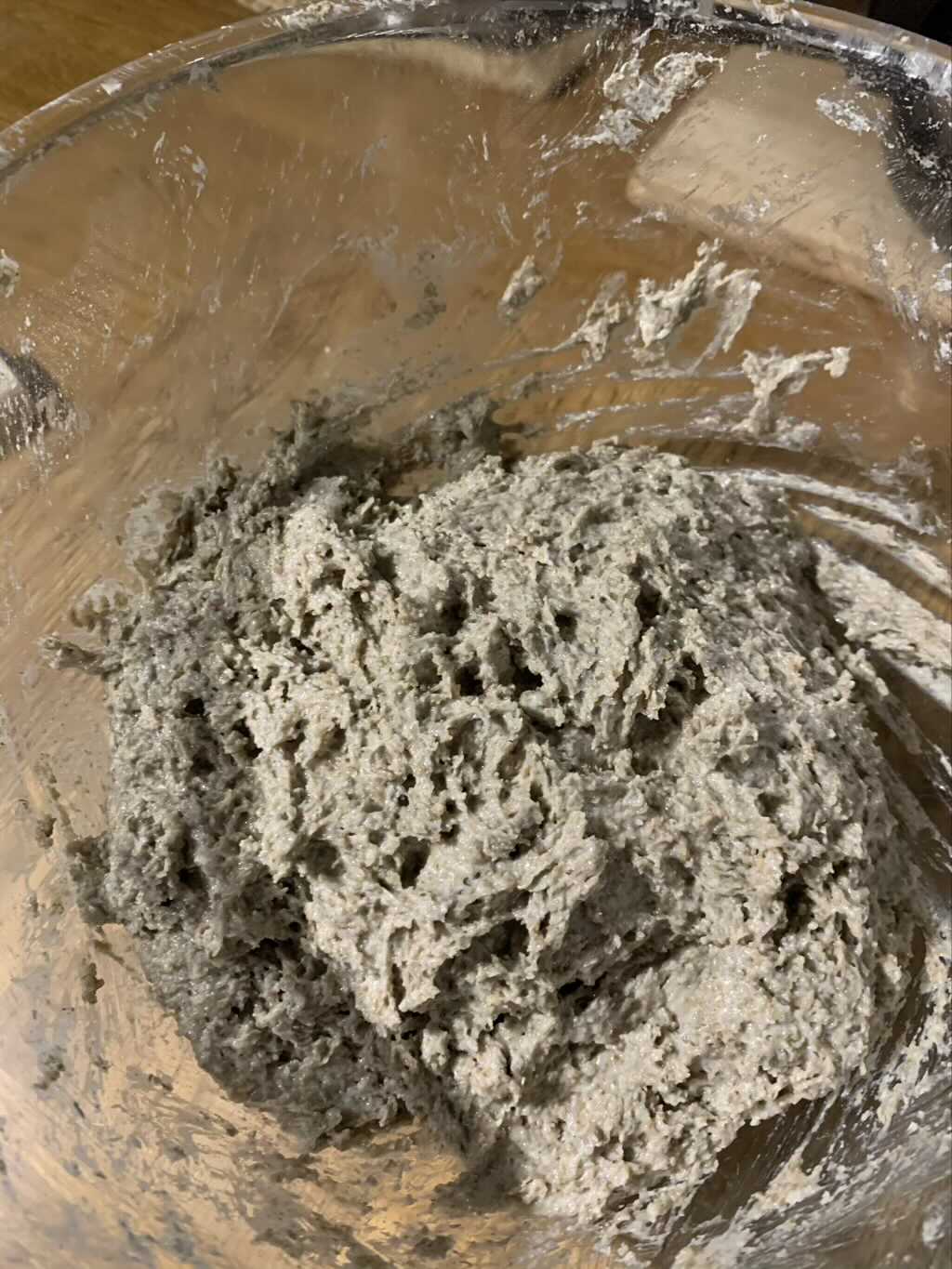Aspergillus Oryzae is at the heart of many delicious East Asian ferments, including miso, tempeh, sake, etc. I have been reading through The Noma Guide to Fermentation, where Rene Redzepi and David Zilber of Noma fame lay out a number of aspergillus oryzae ferments critical to much of the success of their restaurant. This is really a fusion of a culinary practice with an incredibly long history in East Asia, with local ingredients and flavors of Denmark -- their culinary terroir. Somewhat surprisingly, bread is almost completely lacking from the book, except as a "food" for their ryeso recipe. From my understanding, it produces little to no CO2 as a byproduct, and is therefore not effective as a levain in bread making. It isn't clear this exclusion indicates they haven't used it. After some online searches, it seems a sakadane starter can be produced from koji that apparently can be effective at raising bread. This is apparently commonly paired with a yudane practice (similar to the commonly used tangzhong scald approach used for soft fluffy loaves).
One of my favorite breakfasts is overnight miso oats or muesli. In this dish, oats or muesli are cooked to make starches accessible and a small amount of active miso (I like sweet white rice miso) is introduced to the mixture after cooling to a warm temperature. If left overnight in a warm place (estimated 80-90 F), come morning the oats will have a lovely mildly sweet miso taste. I've been curious about ways to introduce this as a complementary flavor oriented fermentation in sourdough bread making. Some searches have pointed back to some interesting miso flavored sourdough breads posted on TFL. Active miso seems particularly effective at breaking down grains, and I'm not sure whether it will be detrimental to starch quality and/or gluten development required for proper loaf form, oven spring, etc. It would be nice to find more literature discussing this aspect.
Miso test dough:
Overnight saltolyse of two dough mixes at approximately equal hydration with matching sodium content, where mix 1 contains 15 g miso and mix 2 contains none.
100 g flour, 75 g water, 15 g miso, 1.7 g salt (sodium = 2g)
100 g flour, 90 g water, 0 g miso, 2.0 g salt (sodium = 2g)
I made some poppyside buns to make this an edible experiment. The one on the right had the miso. They were extremely similar -- this miso had no noticeable adverse affects on the dough, although II didn't notice a significant different at 15% (bakers percentage). I can push it further next time. Things to try:
* increase the percentage of miso
* increase the temperature so the miso culture will be more active
* include a scald or porridge soaker so the miso culture


This was a very quick before pre-bedtime experiment, but it seems that including 15% miso (baker's percentage) at room temperature for 12 hours or so does not lead to noticeable dough degradation. If anything, the dough with the miso seems a fair amount stronger, although this was a fairly hasty experiment and my quick assumption that miso paste was approximately 100% hydration is obviously not correct. I was primarily interested in how dough would hold up over long periods of time with miso in the mix. It seems to be fine.
Since there is apparently already a tradition of making bread with a koji based sakadane culture, it would make sense to try to reproduce this next, and perhaps see how this combines with my current sourdough starter. It will be a good excuse to use the koji in my freezer I originally intended to use for tempeh.
How To Make Sakadane
TFL bakes:
Benny's Koji Rice Porridge Sourdough: http://www.thefreshloaf.com/node/65332/koji-rice-porridge-sourdough
Resources:
https://youtu.be/sEUokdUqE2M : How To Make Sakadane
https://sourdough.com/posts/japanese-sourdough-1-koji-sakadane-and-yudane
https://www.eater.com/2018/10/1/17923034/richard-hart-rene-redzepi-hart-bageri-sourdough-copenhagen
https://www.questforsourdough.com/sourdough/recipe/100-sakadane
https://cookpad.com/us/recipes/151189-natural-leaven-made-with-amazake-sakadane
https://hiro-shio.blogspot.com/2013/05/sakadane.html
http://www.provence.com.sg/new-products/
https://sourdough.com/forum/rice-koji-mold-used-ferment-bread

